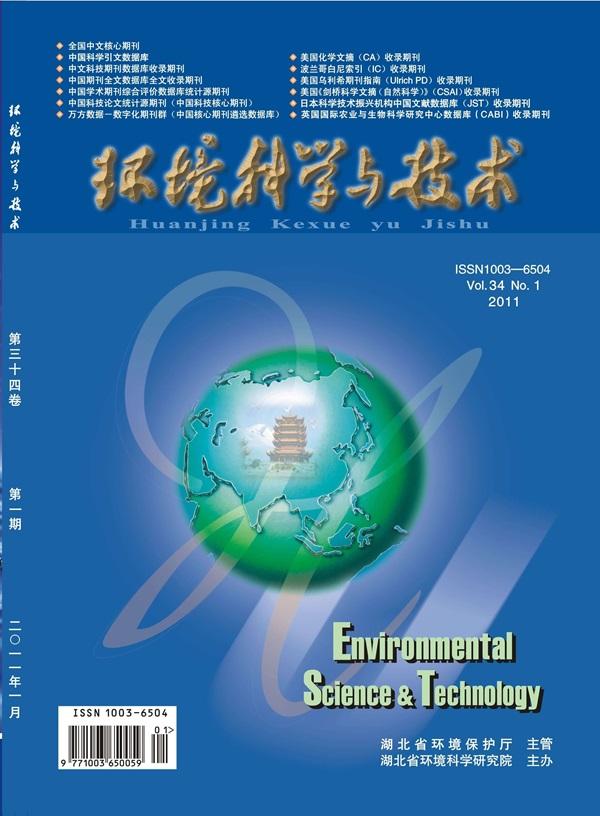Sulfite-Induced Release and Oxidation of Cr(III) in Reduced Chromite Ore Processing Residue under Visible Light: The Critical Role of Fe(IV) Intermediates
IF 10.8
1区 环境科学与生态学
Q1 ENGINEERING, ENVIRONMENTAL
引用次数: 0
Abstract
Reduced chromite ore processing residue (rCOPR) is vulnerable to the surrounding conditions in environments, which can induce the release and oxidation of Cr(III). This work found the synergistic effect of light and sulfite on destroying rCOPR stability, causing the significant release of Cr(VI), which was 4∼7 times higher than that under single factor action. In CrxFe1–x(OH)3/sulfite/light system, Cr(VI) release rate could reach 11.11 × 10–7 M min–1 g–1, because of the rapid formation of ·OH, O2·–, SO4·–, and quadrivalent iron [Fe(IV)]. In addition, this study found that the oxidized chromium residue could continuously release Cr(III) after being transferred to the dark environment. This should be attributed to the obvious change in the iron coordination structure of rCOPR caused by the catalytic reaction of sulfite with light, which greatly weakened the ability of the Fe–O structure to encase chromium elements in a solid. These insights are crucial for predicting the environmental risks of rCOPR in the presence of visible light and sulfur-containing compounds.

求助全文
约1分钟内获得全文
求助全文
来源期刊

环境科学与技术
环境科学-工程:环境
CiteScore
17.50
自引率
9.60%
发文量
12359
审稿时长
2.8 months
期刊介绍:
Environmental Science & Technology (ES&T) is a co-sponsored academic and technical magazine by the Hubei Provincial Environmental Protection Bureau and the Hubei Provincial Academy of Environmental Sciences.
Environmental Science & Technology (ES&T) holds the status of Chinese core journals, scientific papers source journals of China, Chinese Science Citation Database source journals, and Chinese Academic Journal Comprehensive Evaluation Database source journals. This publication focuses on the academic field of environmental protection, featuring articles related to environmental protection and technical advancements.
 求助内容:
求助内容: 应助结果提醒方式:
应助结果提醒方式:


